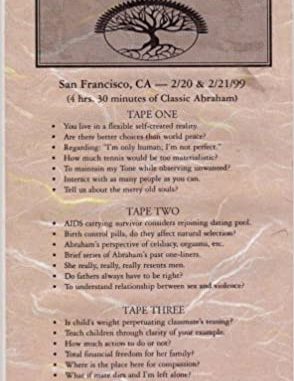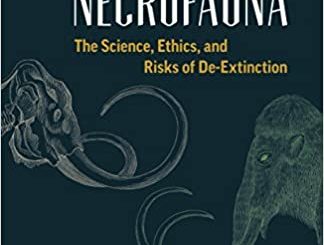
The science of deliberate creation is about becoming more conscious. By becoming aware of your own preconceived ideas, beliefs and attitudes, you can see what is possible, and what isn’t.
Nothing is possible without belief. Without belief in an idea, you won’t take action and nothing can be achieved. But most people put the brakes on their own lives because their belief doesn’t allow the possibility of great things.
People can live great lives only if they believe they can. Otherwise, you wouldn’t attempt to improve things. Why bother if you don’t think you can do it?
This is the beginning of the science of deliberate creation and it starts with your thinking. Thoughts are perhaps the smallest parts of your creation process. But like a drip of water in a cave, large formations can form over time.
Stalactites and stalagmites are large formations in a cave which form because of the drippings of water depositing material over a long period of time. I like to think these are like your beliefs and ideas forming in the mind over long periods of thinking in a certain way.
By taking control over the thoughts which you allow to remain in the conscious mind, you can influence your subconscious mind. This in turn is capable of creating beliefs and attitudes and attracting circumstances and events into your life.
The subconscious mind is much more powerful than the conscious mind and the thoughts can be considered the ‘seeds’ of the subconscious belief system.
If you’ve ever worked really hard at something only to self-sabotage it later on, this is an example of the subconscious mind working against your conscious wishes. This can be for many reasons but often it’s because your conscious and subconscious are not working together as a “team”.
Other considerations of the science of conscious creation are your words, visualisations and plans for the future. Becoming more conscious of your thoughts, words and actions is a good place to start. Many people self sabotage their best intentions with their words, proclaiming that they are “not good enough”, “don’t deserve something” or are not up to the job. Unless you can consolidate what you want to attain, with how to get it and align the two with your self-image, you’ll find ways to un-do your work.
This is often just the sub-conscious mind delivering what you intended anyway. Perhaps you didn’t realise it, but you were sending contrary intentions to your subconscious mind in the form of words, thoughts or intentions.
Your self-image has a large part to play in conscious creation. Unless you see yourself as someone worthy of success and happiness, you’ll keep hitting a brick wall and falling back to your previous view of yourself and model of the world.
The old self-image keeps us safe inside our comfort zone. That’s the positive pay-off. But there’s a lot of downside to maintaining a consistent view of the world and how we fit into it.
If we doggedly stick to our preconceived ideas in all circumstances, it can eventually bite us on the ass! Particularly if we don’t grow and change as our circumstances and needs change.
Becoming more conscious of our thoughts starts by being aware enough to know that we are not our thoughts. The thoughts we think can easily overtake our idea of ourselves. If we start to see ourselves as the thoughts themselves, we lose control by identifying with the thoughts as “us”.
One way to detach from our thinking processes is through meditation. Anyone can learn to meditate simply by sitting still and quietly watching their thoughts come and go without attachment. The more you practice, the more you will experience the gap between the thoughts and be able to choose your thoughts more consciously.
Being aware of what you say is the next thing to take control of. Much of people’s speech in general runs on complete autopilot. When we become conscious, we can align our speaking with our thinking. We can become more conscious of the power of our words to carve out our world.
Visualisation is another tool for the conscious creator to use in ‘sculpting’ their lives more consciously. We’ve all experienced a daydream. A daydream is a nice relaxing fantasy where we can let our mind wander and think about a nice situation or circumstance of our choosing.
But in our busy and stressful lives, we can start creating arguments and conflicts with our visualisations inadvertently. By trying to control our circumstances we can often focus on trying to push against problems and adversity rather than focusing on joy, happiness and contentment. When we try too hard to push things away by struggling with them, we are focusing on the very things we don’t want.
The more attention we give them, the more they seem to wrap themselves around our lives. What you focus on grows in your life. Noticing this is the first step to becoming a more conscious creator. Then you can stop focusing on those things which you don’t want, and turn your attention to more positive things, circumstances and situations.
Proudly WWW.PONIREVO.COM
Source by Tim Halloran



